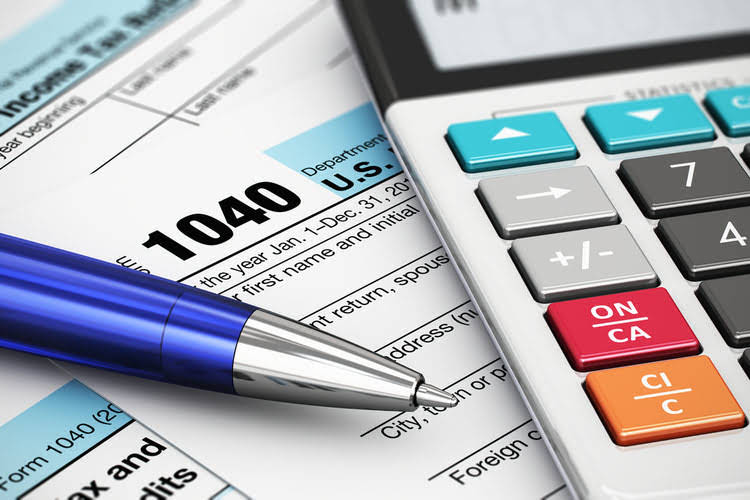
The latest amendment to the FLSA established a minimum wage of $6.55 an hour until July retained earnings balance sheet 24, 2009, when it will be raised to $7.25 an hour. Every increase in the minimum wage requires congressional approval. You can pay employees under age 20 a wage of $4.25 for the first 90 days of employment.
Municipal Minimum Wages

We’re currently in the longest period since an increase has been applied to the minimum wage, which was last raised in July 2009. In 2021, the Biden-Harris administration signed an executive order to raise the minimum wage to $15 for federal contractors. minimum wage around the us There are several debates around the minimum wage in Spain, which focus on its impact on employment and inflation. While some argue that increasing the minimum wage can be a useful tool to increase the incomes of low-income families and reduce poverty, others have doubts about its effectiveness in achieving these goals. In addition, some counties and cities within states may implement a higher minimum wage than the rest of their state.

Federal minimum wage
States and cities can establish their own minimum wages, and many have mandated more than double the federal minimum. Other states have requirements below $7.25, which are only applicable to employees who can’t earn the federal minimum because they’re not covered under the Fair Labor Standards Act. Providing education or funding apprenticeships or technical training can provide a bridge for low skilled workers to move into wages above a minimum wage. However, in that solution the wage will still not increase above the marginal return for the role and will likely promote automation or business closure. The Puerto Rico Minimum Wage Act, passed by the territorial legislature in 202167 started raising the local minimum wage above the federal minimum.

Local ordinances
Georgia’s minimum wage laws exclude specific types of workers based on their job roles or employment arrangements. Farmworkers employed on small-scale farms are not covered by state minimum wage protections. Casual domestic employees, such as babysitters hired on an occasional basis, also fall outside these regulations.
- Regular salary audits can help employers identify and address any unintentional pay disparities.
- There is a minimum amount that employers must pay their staff on an hourly basis.
- You will also need to provide the name of the company that you are filing the complaint against.
- In 1991, the rate was $4.25 per hour, marking a pivotal point in national wage discussions.
- Investigations can result from employee complaints, random audits, or whistleblower reports.
Sometimes this higher wage applies only to businesses that contract with the local government, while in other cases the higher minimum applies to all work. «It seems to me to be equally plain that no business which depends for existence on paying less than living wages to its workers has any right to continue in this country.» Congress must pass a bill that the President signs into law in order for the minimum wage to increase. There are some employees who can be paid at rates below the hourly minimum wage. Those employees are permitted to be paid at a rate called a subminimum wage. Here is a list of current state minimum wage rates you can use to get information on the minimum wage in your location.

Minimum wage laws shape how employers compensate workers and ensure compliance with labor standards. In Georgia, the rules can feel especially complex, with state and federal rates creating layers of legal expectations. Employers need clarity to navigate these requirements and avoid missteps. In states with no minimum-wage law (Alabama, Louisiana, Mississippi, South Carolina, and Tennessee) or minimum wages below the federal minimum wage (Georgia and Wyoming), the federal minimum wage of $7.25 applies.
Willful violations may be prosecuted criminally and the violator fined up to $10,000. Employers who willfully or repeatedly violate the minimum wage requirements are subject to a penalty of up to $1,000 for each violation. Yes, if the value deducted is a reasonable estimate of the actual cost. Under the FLSA, the pay you receive must be in the form of cash or something that can be readily converted into cash or other legal forms of compensation, such as food and lodging.
- Whether or not you must be paid for breaks depends on state law, the length of your break, and what you do with your break time.
- If you are over 20 years of age and are required to attend a training program for work, you must be paid for that time.
- Nonprofits and educational institutions can also hire student learners or vocational trainees at reduced wages after obtaining proper certification.
- A full-time student working for a university, retail store, or service establishment cannot be paid less than 85% of the minimum wage.
- Employers using such programs must comply with strict documentation and oversight requirements to avoid penalties.
- Congress must pass a bill that the President signs into law in order for the minimum wage to increase.
Department of Labor’s Wage and Hour Division for information on how to proceed. For example, if a young worker is applying for his first job as a machinist at a factory, the owner of the factory knows that the worker won’t produce as many widgets as a more experienced employee. For the factory owner, this employee will clearly bring in less money. The first national minimum wage was enacted by New Zealand in 1894, followed by the United Kingdom in 1909. If you would like to file a complaint for unpaid wages, the WHD is the division of the DOL that would administer and enforce wage protection laws and may pursue the complaint on your behalf.
Exceptions: Tipped Workers
This guide lays out Georgia’s minimum wage https://www.bookstime.com/tax-rates/florida laws in plain terms, breaks down when federal rules take precedence, and explains employer obligations under both systems. The rate set centrally is known as the federal minimum wage and has been at the rate of $7.25 per hour since 2009. Nearly 9% of hourly food preparation and service workers make the minimum wage or less, the highest of any occupation type; for personal care and service workers, 2.4% earn the federal minimum or less. Of all remaining occupations, 1.1% or fewer hourly workers earn minimum wage. The minimum wage has been raised twenty-two times since 1938’s $0.25.
